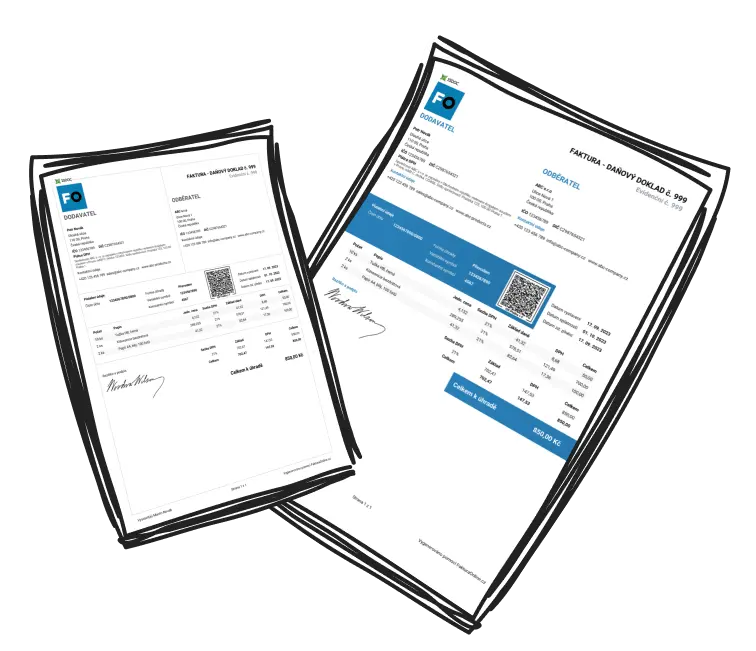Pricing strategy is a methodological approach to setting prices for goods, services, or expertise. It's not just about setting a number but aligning perceived value with market goals. A well-thought-out pricing strategy can optimize your financial outcomes while improving others' perception of your brand.
A pricing strategy considers customer demand, market dynamics, and perceived value.
It ensures financial goals are met while conveying the worth of your offering.
Without a strategy, pricing decisions are often dictated by emotions like the fear of rejection.
Understanding these key elements makes pricing less about guesswork and more about growth, success, and confidence.
Why Do We Tend to Underestimate Ourselves in Pricing?
The underestimation of oneself often stems from emotional or psychological reasons like impostor syndrome or fear of rejection. Many people tend to underestimate their abilities within their pricing strategy, fearing to be pushed out of the market or not fully realizing their worth.
A freelance designer, for example, might charge well below market value to attract clients but ends up overworking just to make ends meet. The fear of setting "too high" prices prevents them from recognizing the full value of their expertise.
Lack of self-confidence and societal pressures can prevent you from setting fair prices. Instead of competing solely on price, focus on the unique value you offer.
The Emotional Impact: How Emotions Influence Pricing Strategy
Emotions play a significant role in pricing decisions, often leading to irrational or unprofitable outcomes. Sellers fear losing customers, feel guilty for charging high fees, or lack trust in the quality of their work—all undermining logical decisions.
Common Emotional Triggers That Distort Pricing Decisions:
Fear of Rejection: "If I charge too much, no one will buy."
Fear of Competition: "Others charge less, so I should too."
Guilt Over Apparent Greed: "I feel bad for charging customers so much."
Need for External Validation: "If I lower my price, I prove I am approachable."
Separating pricing from emotions allows for clarity and professionalism. A rational and confident approach to your pricing strategy ensures offerings match their true value and are not distorted by emotional insecurities.
Building Confidence: Steps to Develop a Healthy Pricing Attitude
Confidence in your pricing strategy doesn't develop overnight, but through deliberate steps and a change in mindset. Here's how to start:
Research Industry Benchmarks: Look at competitors and market trends to understand standard prices and align with the value of your expertise.
Reflect on Your Value: List tangible and intangible outcomes you deliver, like time savings, results, or emotional benefits for clients.
Practice Stating Your Price Clearly: Practice speaking about your prices confidently until it feels natural.
Avoid Emotional Discounts: Stick to your prices and set boundaries when customers push back.
Use Customer Feedback as Affirmation: Testimonials can remind you of your worth and give you the conviction to charge accordingly.

Tip
Start small. If you're overwhelmed by raising your prices, take gradual steps. Observe how even small adjustments boost your confidence in your value.
How Understanding Pricing Strategy Stops Us from Underestimating Ourselves
Learning about pricing strategies can help overcome self-doubt and base your decisions on logic. By focusing on the value you offer, market standards, and presentation, pricing becomes a tool to convey your worth—not a product of insecurity.
Setting your price with intention and aligning it with value naturally fosters confidence.
Concluding Thoughts: Redefining Self-Worth in Pricing
Pricing is more than just numbers on a sheet—it reflects how much you value yourself and your work. Breaking the cycle of underestimation requires being aware of your worth and believing in the value you bring.


